How to Organize a Self-Storage Unit for Frequent Access
Optimizing Your Self-Storage Space
The Importance of Accessibility
Having a self-storage unit can be immensely beneficial whether you’re managing a move, decluttering your home, or stowing away business inventory. However, the real challenge lies in keeping your unit organized, especially when you need to access your items frequently. Let’s look at how you can optimize your self-storage space for better convenience and efficiency.
Choosing the Right Unit Size for Easy Access
When it comes to regular access, one key factor often overlooked is choosing the appropriate size of the storage unit. The unit size not only influences how much you can store, but it also impacts how easily you can access your belongings when needed. Many storage facilities, such as the ones our research tools cater to, offer a variety of sizes to meet different needs.
For instance, a unit size range from 5×15 up to 10×15 is recommended for storing items from a smaller home, apartment, or during remodeling or downsizing phases. It’s large enough to walk inside, but not so vast that your items become difficult to locate or reach. Units that are equivalent to a standard walk-in closet can provide sufficient space for efficient storage without sacrificing accessibility.
The unit size guide provided by many storage facilities can help you estimate the optimal space based on the items you plan to store. By utilizing the guide, you can prevent the common mistake of selecting a unit that’s too small, causing clutter and restricted access, or too large, resulting in unnecessary expenses.

Preparing for Organization
The Must-Have Supplies List
Organizing a self-storage unit starts with having the right supplies to pack and arrange your belongings properly. Essential packing and moving supplies can help protect your items from damage, save space, and maintain order inside the unit. Here’s a must-have supplies list to equip you before you start organizing:
- Boxes: Sturdy cardboard or plastic boxes in various sizes are indispensable. They stack well and can be labeled for easy identification. It’s advisable to purchase high-quality boxes from reputable suppliers to ensure they withstand the weight and avoid crumbling.
- Packing Tape: Heavy-duty packing tape is necessary for sealing boxes securely. Make sure you have enough tape to close the boxes tightly and to reinforce their bottom and top seams.
- Bubble Wrap/Packing Paper: For fragile items, bubble wrap and packing paper provide the necessary cushioning to prevent breaks and scratches during movement or while they are stacked.
- Markers/Labels: Clearly label each box with a permanent marker or use pre-printed labels to mark the contents and the room they belong to. This simple step will save you considerable time when you need to find something quickly.
- Shelving Units: While not necessarily a packing supply, investing in shelving can help keep things off the floor and make the most of vertical space. Modular or collapsible shelves are especially handy for frequently accessed storage units.
- Furniture Covers: Protect upholstered furniture with covers designed to shield them from dust, moisture, and pests.
- Padlocks: Purchase a sturdy lock to ensure that your unit is secure. Many storage facilities require you to provide your own lock.
- Gloves and Cleaning Supplies: It’s a good idea to clean your storage unit before organizing it and keep gloves on hand to protect your hands during the process.
- Dollies or Hand Trucks: These can aid in moving heavier items or boxes and reduce the risk of injury.
- Stackable Containers: Clear plastic containers can be a more durable alternative to boxes, and their transparency allows you to see what’s inside without opening them.
Ensure these supplies are purchased from reputable sources that offer quality materials to help protect your possessions. Many premier partners, such as Target, Costway, and Home Basics, offera variety of options that range in size and quality, fitting different budgets and storage needs. Whether you’re storing miscellaneous items from around the house, school, or office supplies, patio and garden tools, baby essentials, kitchenware, dining sets, sports equipment, holiday items, or even larger furniture, these retailers provide the necessary supplies to get the job done.

Initial Planning and Designing Your Layout
Before you start moving things into your storage unit, it’s wise to plan and design the layout. A well-thought-out layout not only maximizes space but also prioritizes accessibility and efficiency. Here’s how to get started with planning and designing:
Visualize Your Space: If possible, visit your storage unit before you start moving items. Take note of the unit’s dimensions and any fixed elements like support columns or ventilation ducts that may impact your layout.
Draft a Floor Plan: Sketch a simple floor plan of your unit on graph paper or use a digital layout tool. Plot out where larger items will go and how much space you’ll need between them for aisles or walkways.
Define Zones: Segment your storage space into zones based on item category, frequency of use, or any other system that suits your needs. For example, you could have separate areas for seasonal decorations, sporting equipment, and household items.
Prioritize Accessibility: Place items that you’ll need to access regularly at the front of the unit or along an aisle. Keep less frequently used items towards the back or in harder-to-reach spots.
Think Vertically: Make the most of the unit’s height. Plan to stack boxes and use shelving units to arrange items upwards rather than solely on the floor. This tactic is particularly useful for creating more walking space.
Aisles and Walkways: Incorporate clear pathways in your design to ensure you can easily move around and reach items without having to move other things out of the way. Generally, one central aisle with smaller offshoots works well.
Create a Buffer Zone: Keep a buffer zone near the unit’s door to accommodate any temporary items or to have space to sort through boxes without blocking access.
Consider Storage Conditions: If you have items that are sensitive to temperature or humidity, like electronics or important documents, consider their placement carefully, possibly near the center of the unit to protect them from the walls that may transfer external conditions.
Maximize Wall Space: If your storage unit allows it, take advantage of wall space by installing hooks or pegboards to hang items that can be stored vertically, such as bicycles, tools, or garden equipment.
With a clear initial plan and design, you can save time and avoid the frustration of having to rearrange your unit repeatedly. Always remember to leave a little extra room for unexpected additions or changes to your storage needs. If your storage facility offers wall storage solutions or other amenities, make sure to incorporate them into your layout.
Having a map of your storage unit can be incredibly helpful, especially for units that are accessed frequently. Place a copy of your layout plan inside the unit, ideally near the door, for quick reference. You could also keep a digital copy on your smartphone or other devices for even easier access.
Practical Organization Strategies
Categorizing Your Belongings
When you begin to tackle the task of organizing your storage unit for frequent access, categorizing your belongings is a pivotal step. By sorting items into designated groups, you can swiftly locate what you need when you need it, minimizing disruptions to your day-to-day life. Here’s a structured approach to categorize your belongings efficiently:
Sort by Use-Case: Group items by their function or purpose. For example, put all holiday decorations in one section, while camping gear goes in another. This makes it easier to retrieve all related items for a specific activity at once.
Seasonal Sorting: Another useful method is to arrange items by the season of their use. Summer items can be stored separately from winter gear, allowing for easy swapping as seasons change.
Room-Based Categories: If you’re storing items from a home or office, consider categorizing by the room they belong to—kitchen, living room, bedroom, etc. This is particularly helpful if you’re in the midst of moving or remodeling.
Frequency of Use: Place items you access regularly, such as business inventory or weekly sporting gear, near the entrance. Meanwhile, items you seldom need, like archival documents or seasonal machinery, can be stored further back.
Size and Shape: Sometimes, it’s practical to group items by their size and shape to maximize space. Long, flat items might be stored together to lie against one wall, while boxes can be stacked in another area.
Emotional and Monetary Value: Items of high sentimental or monetary value could have their own category, and you might choose a more secure or climate-controlled spot within the unit for these belongings.
Here’s a tip: As you categorize, create an inventory list of what items fall under each category. Not only will it assist in organizing your unit now, but it will also act as an invaluable reference point for future access.
By thoughtfully categorizing your belongings, you will greatly enhance the functionality of your storage unit. This attention to detail ensures that your belongings are not just stored, but also managed in a way that aligns with your lifestyle and access requirements.
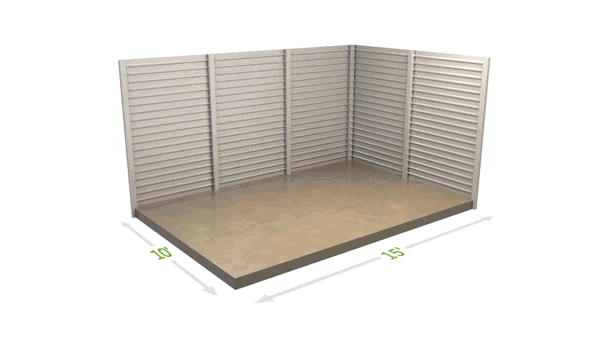
Frequently Used Items: Front and Center
Strategically placing frequently used items at the forefront of your self-storage unit is fundamental for convenience and efficiency. This approach helps in rapidly locating and retrieving items without the need to sift through everything. Here’s how to keep your most-used items easily accessible:
Identify High-Use Items: Begin by determining which items you will need to access on a regular basis. This might include business inventory, hobby supplies, seasonal clothing, or everyday tools.
Front Loading: Reserve the front section of your storage unit for these high-priority items. By “front-loading” your storage, you can grab what you need and go without disturbing the rest of your stored belongings.
Zone Creation: Within the front area, create zones for different categories of frequently used items. Organize these zones based on how often you use the items, with the most used being the most accessible.
Leave Room for Movement: Ensure there is sufficient space around frequently accessed items so that you can remove them without having to move other things around. This might mean leaving a bit more aisle space near these items.
Stack Smart: If you must stack items in the front, do so in a way that allows for easy removal. Avoid stacking heavy boxes on top of those that you need to access often.
Rotation System: As seasons or needs change, rotate items in and out of the “front and center” area. For instance, move winter gear to the front when summer ends, and vice versa.
Clear Labeling: Make sure that all frequently used items are clearly labeled. This prevents any confusion and allows for quick identification of contents.
Accessible Containers: Consider storage solutions like clear plastic containers with lids for these items. These containers protect the contents, are stackable, and allow you to see inside without opening them.
By keeping your regularly needed items in an easily accessible location within your storage unit, you’re not just saving time but also preventing the hassle of having to constantly rearrange your storage space. A well-organized front-and-center system provides peace of mind that what you need is always within reach, without the potential stress and disruption that comes from a disorganized unit.

Maintaining Your Organized Unit
Periodic Re-Evaluation of Space Usage
Maintaining an organized self-storage unit requires continuous attention, particularly if you access the unit often. Periodic re-evaluation of how the space is being used is crucial for ensuring the unit remains functional and serves your changing needs effectively. Here are steps to guide you through the process of space usage re-evaluation:
Schedule Regular Reviews: Set a routine, such as quarterly or bi-annually, to reassess your storage unit. Consistency in these reviews helps catch any organization issues early on and adapt to new storage needs.
Assess Current Layout: Examine whether the current organization system still aligns with how frequently you access certain items. With time, priorities can shift, and items that were once rarely needed may become more important.
Check for Unused Items: Be on the lookout for items that are no longer needed or useful. These should be removed to make room for items that are more essential, keeping the space clutter-free.
Update Inventory: Whenever you reassess your unit, take the opportunity to update your inventory list to reflect any additions, subtractions, or changes in item locations.
Optimize for Changes: If your lifestyle or business has evolved, so should your storage unit. For example, if you’ve taken up skiing, you might prioritize easy access to your gear during the winter season.
Quality Control: Use the re-evaluation as a chance to check on the condition of your items. Look for any signs of damage, such as water leakage or pests, and take appropriate measures to protect your belongings.
Reorganize: If you find during your evaluation that the current setup is not serving you well, reorganize the space. This may involve rearranging items, installing additional shelves, or investing in more stackable containers.
Document Changes: Keep records of any changes you make to the layout or contents of your storage unit. This documentation can be an addendum to your existing inventory system.
A critical aspect of this process is remaining flexible and open to altering your storage strategies. Your unit’s effectiveness relies on its ability to adapt. By regularly revisiting and reassessing the organization of your space, you nurture a storage environment that is both dynamic and efficient. Remember, the goal is to ensure that your possessions are stored in a manner that not only conserves space but also aligns with your current access requirements.
Keeping Your Storage Walkways Clear
Clear walkways within your self-storage unit are not just a matter of convenience; they are essential for safety and ease of access. When you frequently retrieve items from your storage, unobstructed paths can make a significant difference. Here’s how you can ensure your walkways remain navigable:
- Prioritize Pathways: When designing your storage unit layout, make walkways a priority. Anticipate how you’ll move within the space and leave adequate room for comfortable movement.
- Consistent Width: Ensure that aisles remain consistent in width throughout the unit. This helps prevent narrow pinch points that could make it difficult to remove larger items.
- No Obstacles Policy: Implement a ‘no obstacles’ policy for the walkways. After each visit, take a moment to ensure nothing is left on the floor that could trip you up on your next visit.
- Strategic Stacking: When stacking boxes or containers, ensure they do not protrude into the walkways. Overhanging items can be hazardous and impede access.
- Accessibility Check: Periodically walk through your unit to check the accessibility of all items. If you find that you’re having difficulty navigating or reaching something, it may be time to rearrange.
- Use Vertical Space: By using shelving units, you can avoid the temptation to place items on the floor, keeping your walkways clear. This vertical approach optimizes storage and keeps the paths open.
- Mark the Walkways: Consider using brightly colored tape or markers to indicate the boundaries of walkways clearly. This visual aid helps prevent accidental encroachment as you add or remove items from shelves.
- Adjust as Required: Be prepared to adjust your walkways if you introduce new items into the storage unit or if your access needs change.
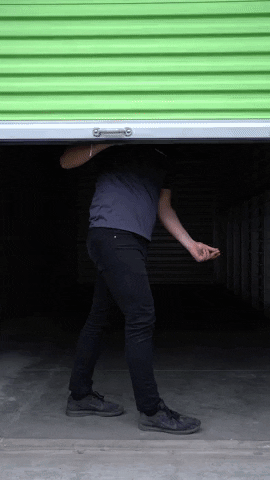
FAQ on Organizing a Self-Storage Unit for Frequent Access
How do I decide what goes near the front versus the back of my storage unit?
Deciding what goes near the front versus the back of a storage unit requires strategic thinking about how often you’ll need access to your items. Frequently used items should be placed near the front of the unit for easy access, while items you won’t need to retrieve as often can be stored at the back. Consider organizing everything into categories—seasonal decorations, sporting equipment, documents, and furniture—and then prioritize each category’s accessibility.
Items that are bulky and less likely to be needed, like certain pieces of furniture or out-of-season equipment, make good candidates for the back of the unit. Ensure that you also create a clear pathway to the back to avoid the frustration of moving everything around when you need to reach items stored deeper inside.
Is it worth investing in shelving for a self-storage unit?
Investing in shelving for a self-storage unit can significantly enhance its functionality, and data suggests it could be a worthwhile consideration for renters. Although self-storage facilities come in a variety of sizes, with the most common unit being 10 ft × 10 ft, equipping a unit with shelving allows for better organization and maximizes the available space by taking advantage of vertical storage possibilities. This is particularly beneficial if storing numerous small to medium-sized items, which might otherwise become cluttered or inaccessible.
Furthermore, with the self-storage industry’s value at $38 billion in 2018 and 1.9 billion square feet of space available in the U.S., the demand for these units demonstrates the importance customers place on managing space efficiently. Therefore, in the competitive landscape of self-storage facilities where amenities set businesses apart, shelving could increase the perceived value of a unit and appeal to a segment of renters who require orderly and accessible storage options, potentially providing a good return on investment.
- The Clutter Hoarding Scale: Assessing the Severity of Your Problem - October 28, 2022
- Self-Storage Facilities FAQ – Answers to the most common questions about storage units - December 2, 2021
- Home Storage: The Perks and Hidden Risks of Storing Things at Home - November 11, 2021

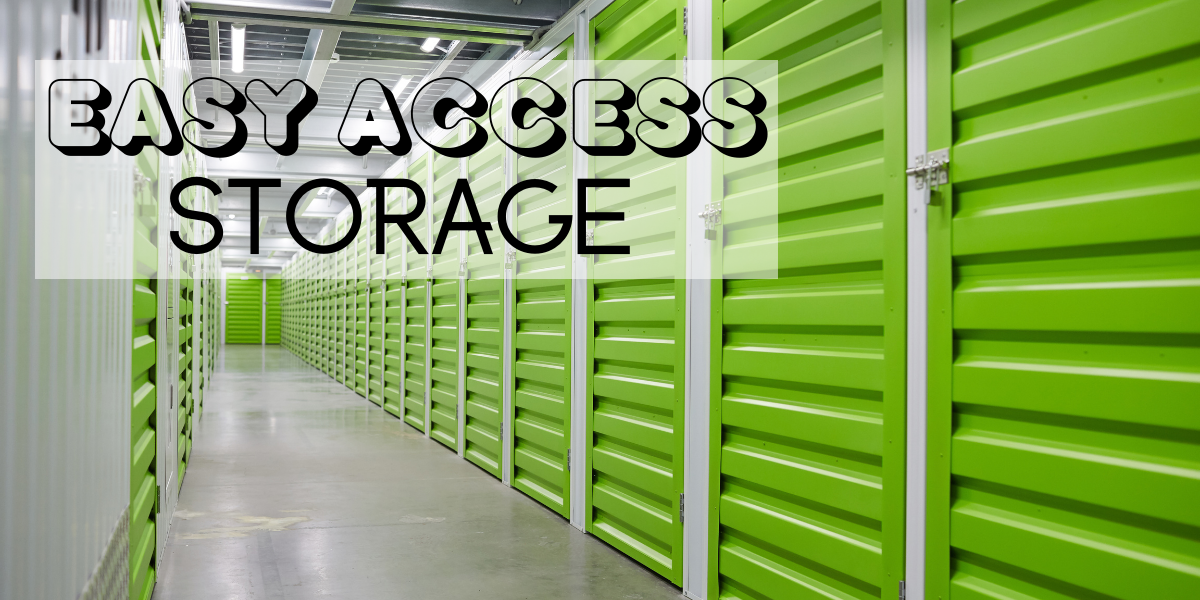
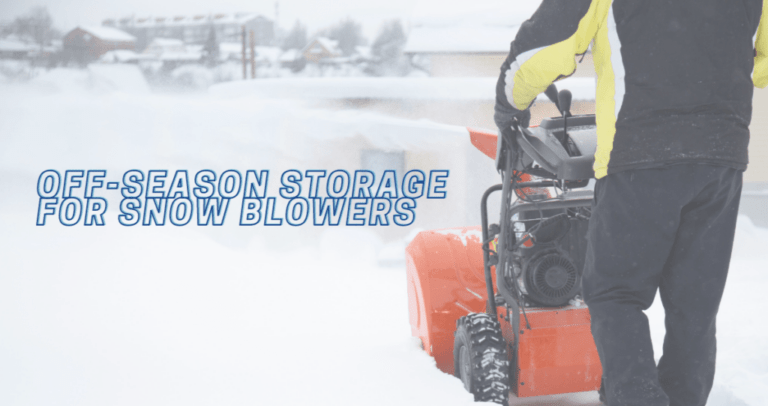
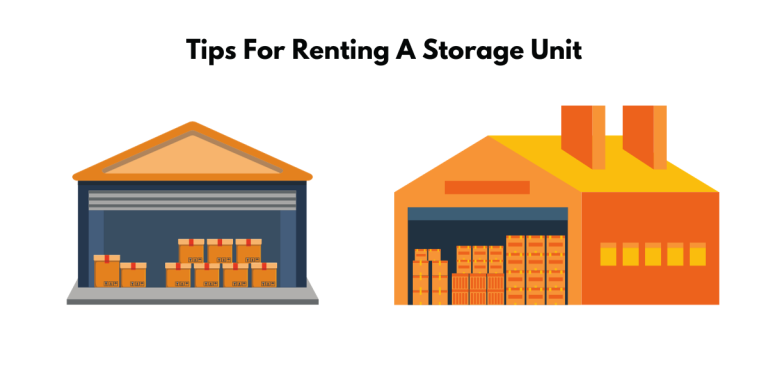
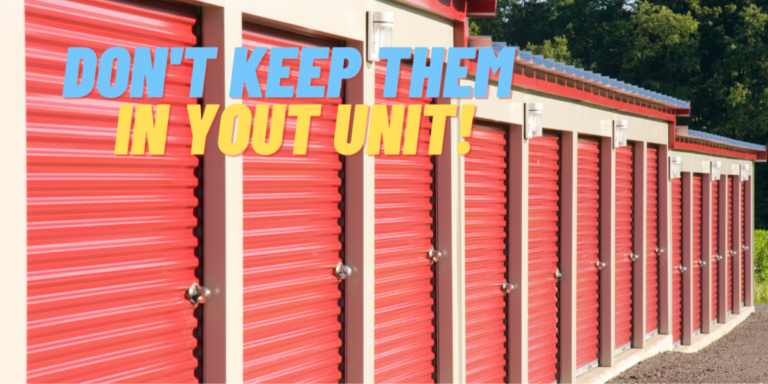
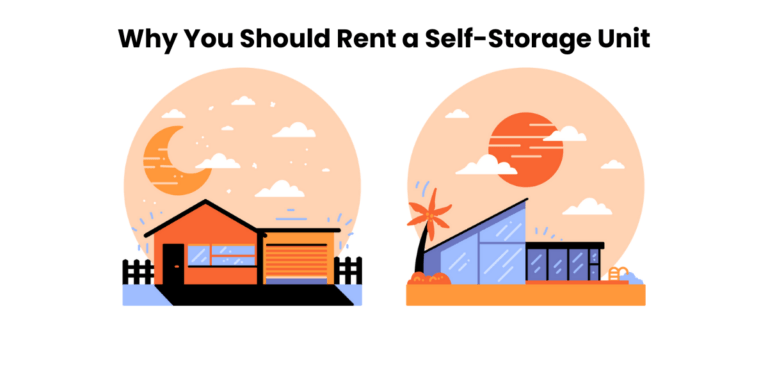
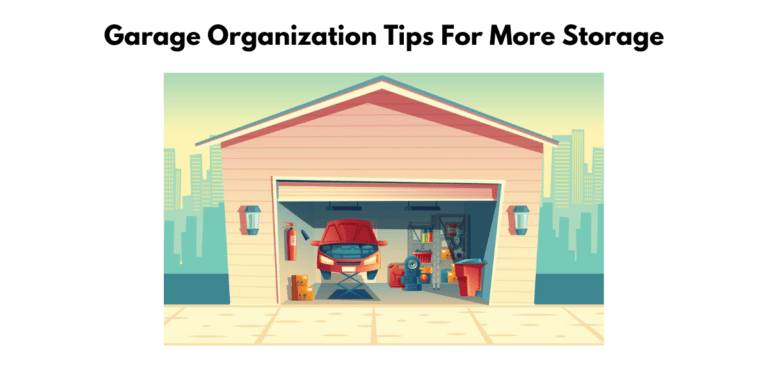

It really helped when you talked about what to consider when selecting a storage unit service. Recently, my sister said she’s interested in starting an online business. She wants to run a shoe store, and she’ll need to find a place to keep her products safe, so I’ll be sure to share your tips with my sister. Thanks for the advice on asking about a storage unit’s safety before renting one.